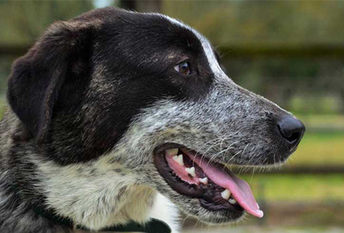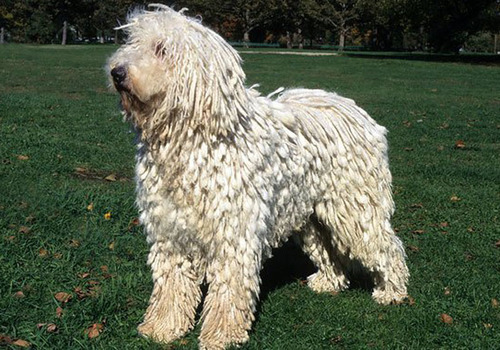The Kromi’s coat can be rough or smooth, and each coat type can vary in length. The wirehaired, or rough-coated, dogs always have a beard, which lends them a cute, scruffy appearance. The hair is thick with a rough texture. Beneath it is a short, soft undercoat.
The smooth-coated dogs have feathering on the ears, chest and legs and a pretty, plumed tail. The hair on their body can be short or long, and tops a short, soft undercoat.
The Kromfohrlandershedsbut not heavily. People who live with the dogs say that regular sweeping andvacuuming is enough to keep the hair under control.
The coat tends to shed dirt easily, and the dogs don’t typically have an odor unless they’ve rolled in something that smells bad.Bathethem as needed. Depending on whether a Kromi spends a lot of time outdoors, as well as on your furniture, that can mean weekly, monthly or quarterly.
The rest is basic care.Trim the nailsevery week or two, or as needed.Brush the teeth frequently, with a vet-approved pet toothpaste, for good overall health and fresh breath.
The Kromfohrlander was not developed for hunting, so it has only moderate needs for exercise. A daily walk will satisfy the exercise needs for this breed, though some active playtime will also be appreciated.
They enjoy fetching a ball or other dog toys. At around age three, they can jump to get a disc, as their joints must be mature. Long walks in a natural setting are the Krome's favorite kind of exercise.
This is NOT a dog-park breed, as they prefer only dogs they already know and do not care for new dogs, new people or new situations.
The Kromi can be a picky eater, therefore, high-quality food is required to maintain the Kromi’s weight due to the high activity level of the breed. Free feeding is possible as the Kromi is typically not an overeater.
What you feed your dog is an individual choice, but working with your veterinarian and/or breeder will be the best way to determine the frequency of meals as a puppy and the best adult diet to increase his longevity. Clean, fresh water should be available at all times.
The Kromfohrlander is a rare breed so it has a limited gene pool – this means that it is relatively unaffected by genetic conditions. Still, like all breeds, this dog is prone to certain health problems.
The most common health conditions affecting the Kromfohrlander breed include epilepsy, keratosis (corny feet), patellar luxation, and cystinuria.
The Kromfohrlander is a fairly intelligent breed so it will likely respond well to training. These dogs form strong bonds with their families, so they can be eager to please their owners.
He is also very intuitive and a very good guesser. Teaching the Kromi to learn is easy when young but advancing to activities that require more independence such as competitive agility can be a challenge due to the typical sensitivity of the breed.
Like all dogs, you should start your dog with socialization and training as early as possible for the best results. This breed can be a little hesitant around children and strangers but early socialization will help to prevent any problems. Patience is required.












